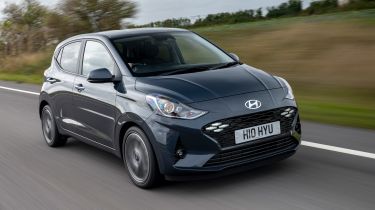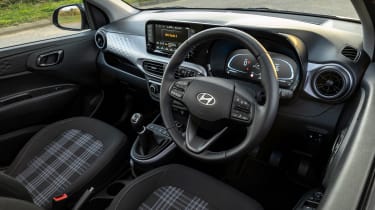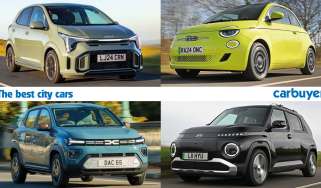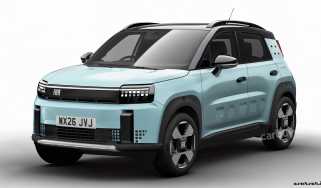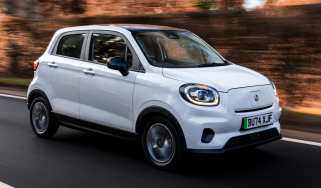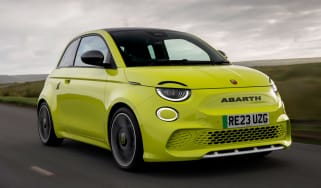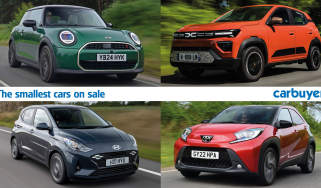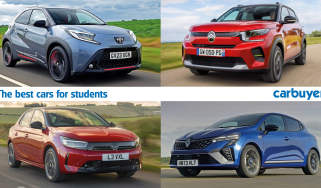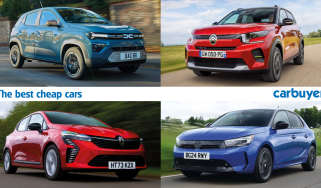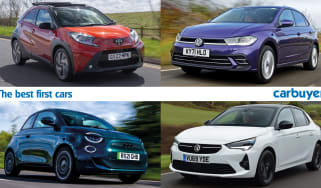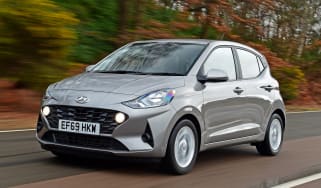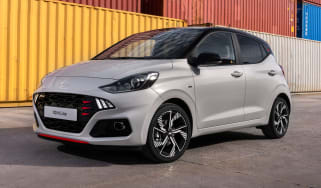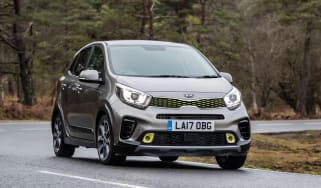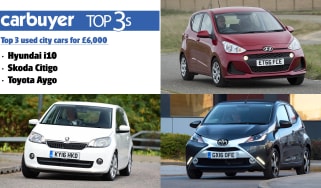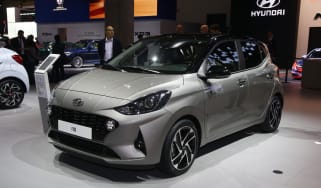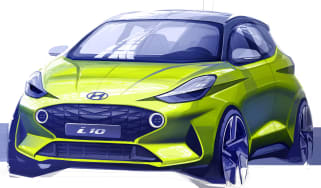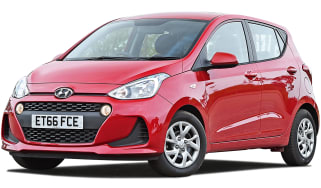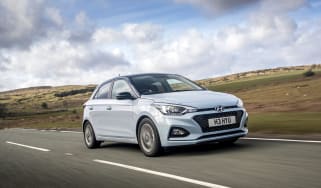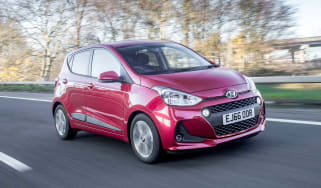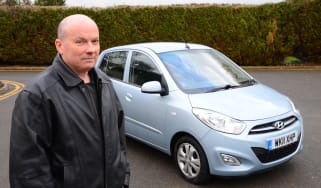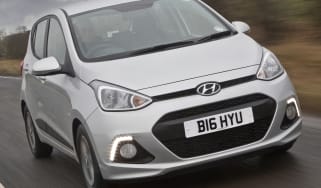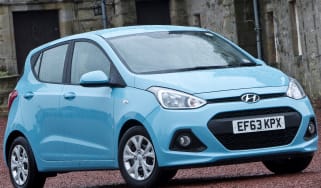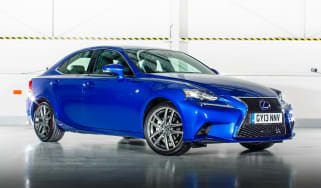Hyundai i10 review - tech-filled and practical small car
"The Hyundai i10 is a city car with as much space and equipment as many superminis, making it good value"
Pros
- Spacious city car
- Impressive tech
- Generous warranty
Cons
- Petrol only
- Scratchy interior plastics
- Sluggish automatic gearbox
Verdict - Is the Hyundai i10 a good car?
The Hyundai i10 is one of our favourite cars in the shrinking city car class. Easy to drive and park, the i10 also manages to feel at home on longer drives and on the motorway. It’s more practical than before, and the interior is loaded with tech including a large touchscreen that’s absent from the Volkswagen up!. There’s no electrification, but the i10 proves that a small, light car with a petrol engine is still amongst the cheapest cars to run. Pick the N Line version and it’s surprisingly good fun on a back road too.
Hyundai i10 models, specs and alternatives
The Hyundai i10 was redeveloped from scratch for the third-gen model, and now blurs the lines between city car and supermini. The latest i10 is slightly larger than rivals like the Volkswagen up! and Fiat 500, and is now even more practical and sophisticated than before.
From the outside, the increased length and width, along with a 20mm lower roof, make the i10 look noticeably more athletic. This is especially true when the car is fitted with 16-inch alloy wheels and a contrasting red or black roof, while sharper headlights and pronounced fog lights add some flair to the i10’s nose. Thanks to a new grille with integrated daytime running lights, a dual-tip exhaust and unique wheels, the N Line version is the most sporty and desirable.
More reviews
Interior space was generous in the old i10 but now it's even better. Increasing the car’s length between the front and rear wheels by 40mm has given the i10 rear legroom that's on a par with some cars in the next class up. It feels light and airy inside too and there are full-size electric windows all-round. A new dashboard with a large eight-inch touchscreen gives the i10 the modern tech its target audience of young buyers craves. The 252-litre boot is the same size as it was but it’s still class-leading, boasting more space than the Toyota Aygo X. Sadly, things under the bonnet aren't quite as advanced, which may disappoint some buyers. The 1.0 and 1.2-litre petrol engines have been carried over almost unchanged, although a slight decrease in power does make acceleration amongst the slowest of any car on sale.
Manufacturers tell us it’s impossible to make a city car more advanced and economical without drastically increasing the price, which would defeat the point of a cheap runaround. The electric Fiat 500 and even nearly-new examples of the discontinued Volkswagen e-up! are both considerably more expensive, even if running costs should be cheaper. The existing engines still do a reasonable job, with standard stop/start and the i10's small size helping them return over 50mpg.
The upgraded engine in the i10 N Line is somewhat more modern, with a turbocharger giving it a peppy 99bhp. This isn't quite as much power as the Volkswagen up! GTI but it adds a welcome dose of power and excitement to the i10, which also gets well-judged suspension updates, a rorty exhaust, and has more standard kit than the VW.
The i10 feels grown up on the road too, with its longer wheelbase and improved steering helping the i10 feel stable at higher speeds – even if there’s quite a bit of road noise. It's still nippy around town but only if you stick with the manual gearbox; we’d recommend avoiding the ponderous automatic unless you have to drive one.
Two more car-buying boxes are ticked by Hyundai's competitive five-year/unlimited mileage warranty and an impressive roster of standard safety kit, but the i10 could only manage a disappointing three-star Euro NCAP safety rating when it was tested. Our pick is the Active trim, bringing enough technology to give the i10 its big-car feel. If your budget can stretch to the N Line, it's also sure to bring a smile to your face.
Which Is Best?
Cheapest
- Name1.0 Advance 5dr
- Gearbox typeManual
- RRP£15,880
Most Economical
- Name1.0 Advance 5dr
- Gearbox typeManual
- RRP£15,880
Fastest
- Name1.0 Advance 5dr
- Gearbox typeManual
- RRP£15,880

